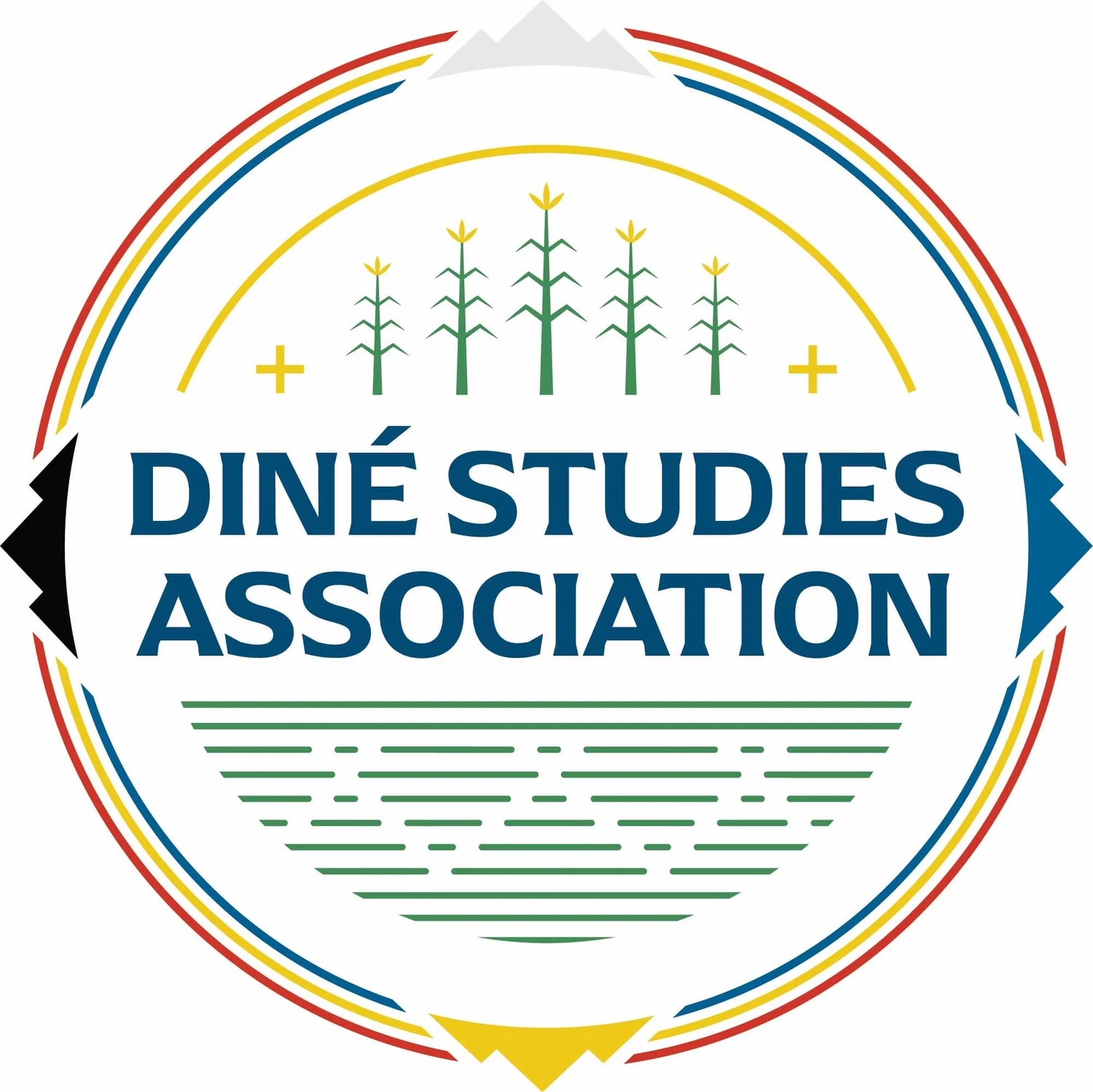Day 2 Session 2: Innovation in image and Art
“Dislocated Landscapes: Visualizing Diné Bikéyah in the Colonial Medium” - Ryuichi Nakayama
In the 1930s, Diné students at the Santa Fe Indian School (SFIS) began to produce so-called flat style paintings, paintings depicting assumedly traditional aspects of indigenous societies in a naturalistic, simplified, and mostly static manner. Produced at the school away from their home, paintings by Diné students consistently show idyllic landscapes of the diné bikeyah. Images without meticulous depictions of the surrounding environment fail to articulate the meanings of specific places in the indigenous landscapes.
“Traditional vs. Contemporary": Considering and Deconstructing Binaries and Classifications in Diné and Indigenous Art - Isabella Robbins
Historically, western museums and academia have seen a division between traditional arts, such as basketmaking, rug weaving, and carving, versus contemporary arts, such as painting, sculpture and photography. While some museums use more loose classifications (i.e. the Navajo Nation Museum and other tribal museums), others (i.e. the Yale University Art Gallery, the Met, etc.) are more strict in their divisions between art forms. This brings up questions of whether traditional arts can be considered art, and which art belongs where (art vs. anthropology museums). In this paper, I want to problematize this binary and other classifications.
“The High Desert Asdzaan and Her Neo-Matriarch Identity” - Venaya Yazzie
Every day the Indigenous woman, the modern Matriarch makes a plethora of decisions, not only about her family, but about herself. She is a diné asdzaan, the Diné femme and her personal gendered rituals and routines are a significant part of her identity. For her, it might involve prayer first, a morning run, what to wear, and how to 'adorn' with jewelry. Whether a colorful Pendleton coat, or the trade item Babushka, granny scarf or turquoise jewelry items; her Dine' identity involves the act of tangible adornment, a cultural act passed on from generations of women from her historical clanship line. This human ritual of personal adornment is both a tangible and spiritual way of identification as well as a kind of self- empowerment and self-realization. The Diné epistemology of personal presentation is a resilient act still perpetuated in 2020. This session concerns the narrative of Navajo ways of being as a female as a means of recognizing, encouraging and inspiring her in a rapidly changing global community both in and outside of Navajoland.
